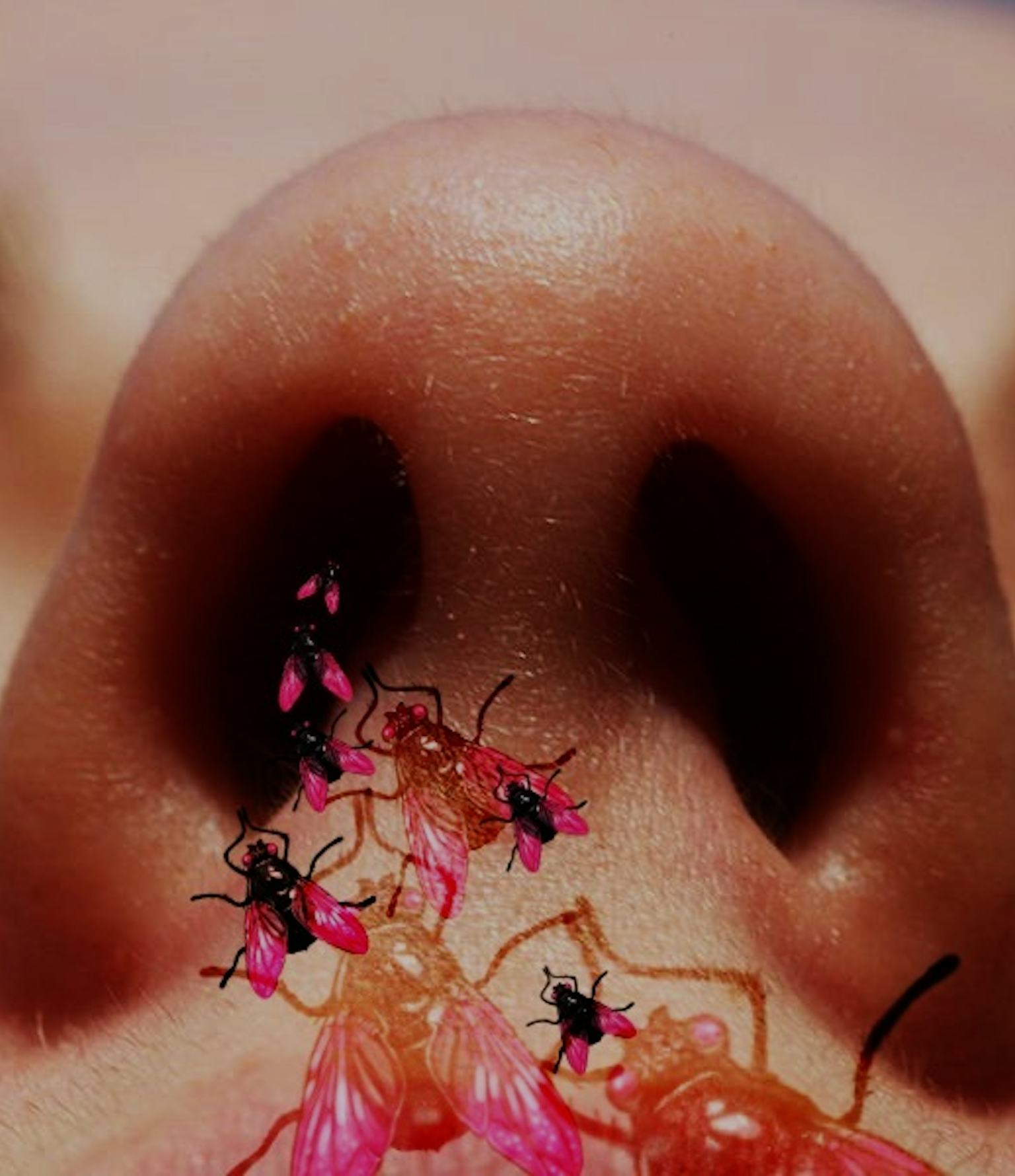
What Actually Happens When a Bug Flies In Your Nose?
A malar rash occurs on the cheeks and bridge of the nose. Causes of the malar rash include: autoimmune diseases, such as lupus. bacterial infections, such as Lyme disease. inflammatory skin.
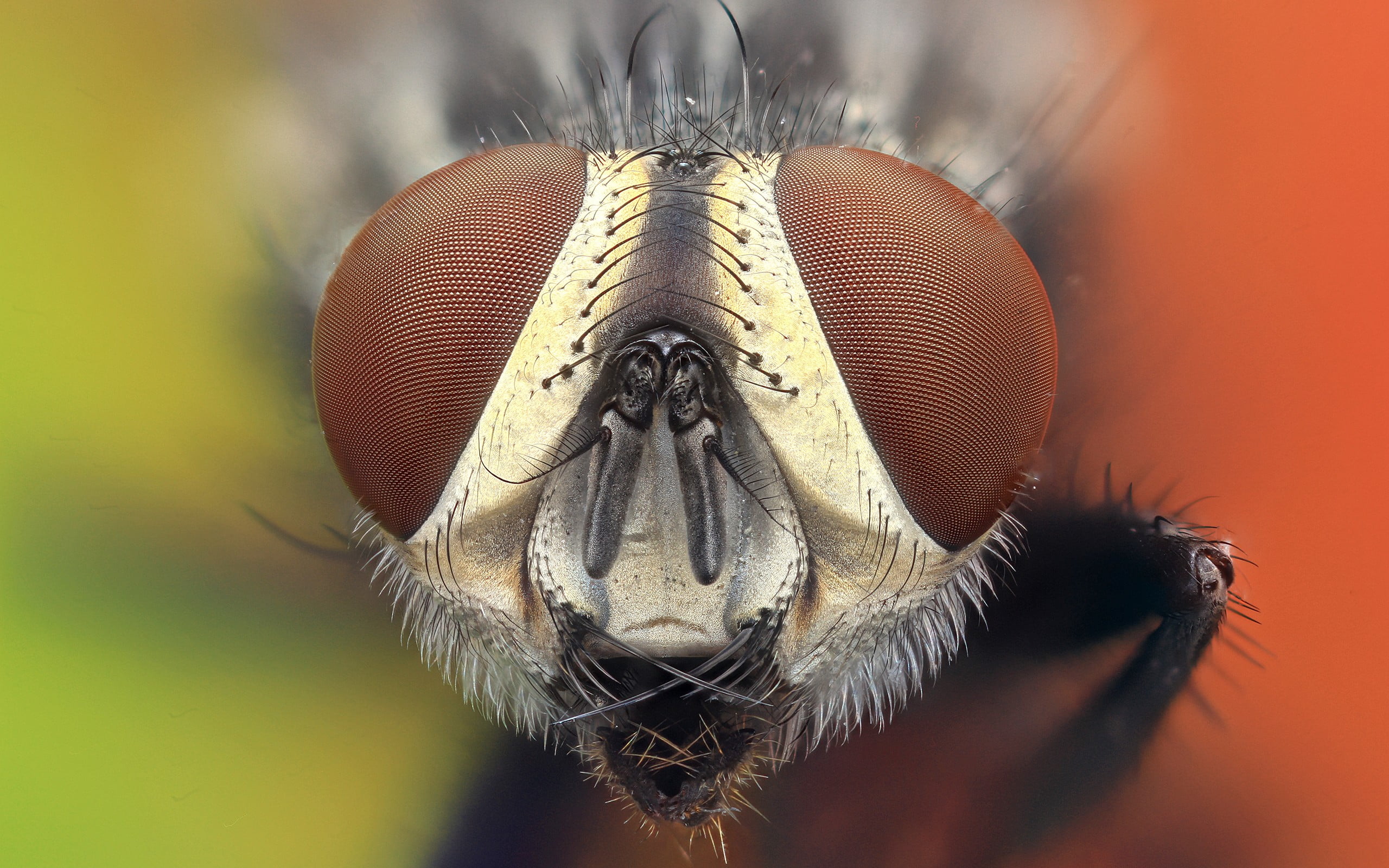
Macro photography of flies face, animals, nature, insect HD wallpaper Wallpaper Flare
Face flies can transfer the pink eye organism(s) but the truth is you can have face flies without pink eye, or pink eye without face flies. Pinkeye requires poor endothelial health. Most face fly programs are less than 70% effective. I have doctored pink eye in January and about every other month. Real healthy eyes don't have pinkeye.

Woman finds baby flies living in forehead after trip to Uganda health910
Face mites, also known as Demodex folliculorum (D. folliculorum) are microscopic tick-like organisms. These demodex mites aren't visible on the face. They live in the hair follicles in your skin, especially around the eyelids and lashes, and feed on dead skin cells and oils.
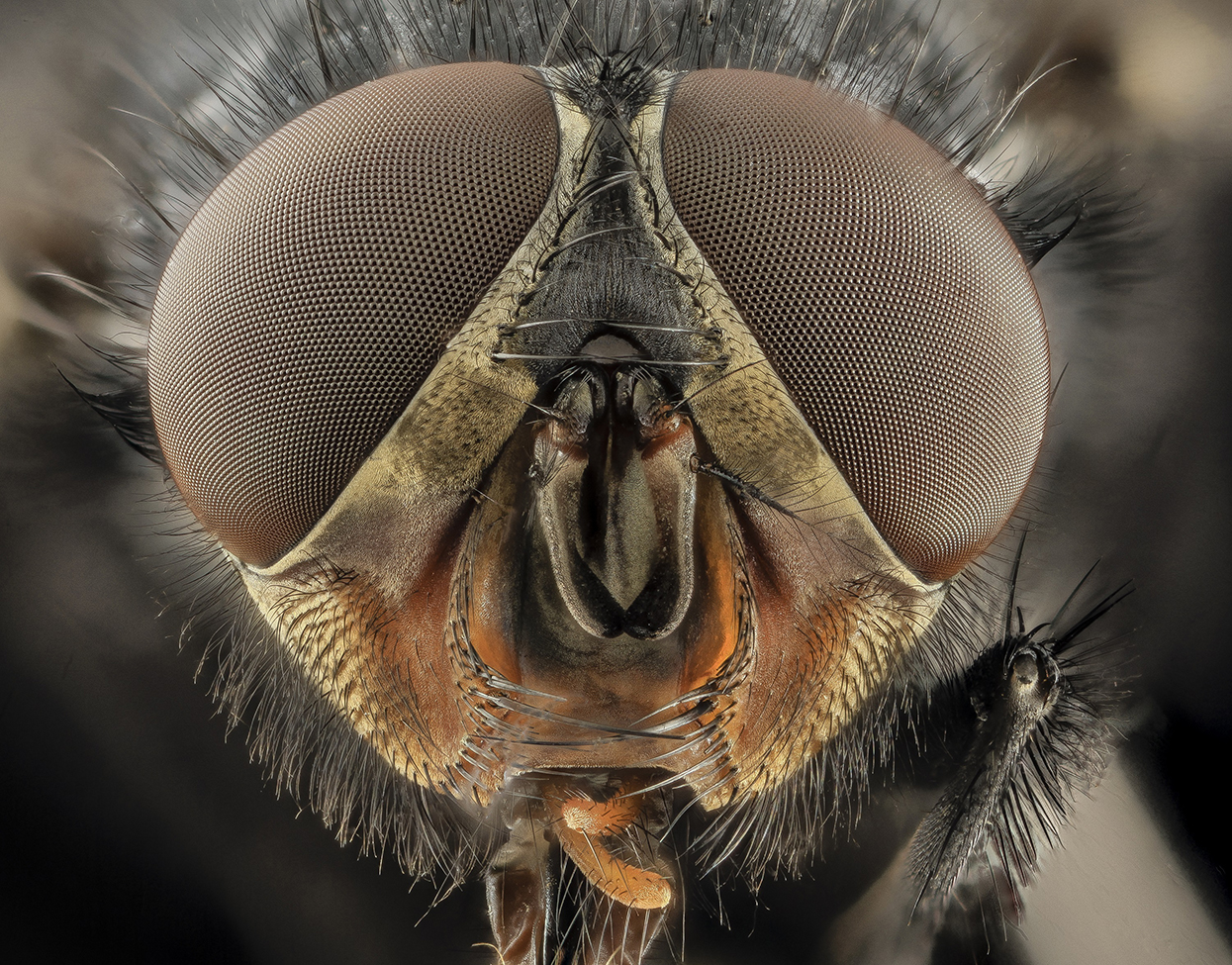
Why Does it Seems Like Bugs Attack Your Face?
Face flies are holometabolous with active larval and adult stages and inactive egg and pupal stages. Females mate once in their lifetime and then fertilized eggs are laid singly into cracks and crevices of fresh (0-1 d old) bovine dung pats in batches of 7-36 (Teskey 1960, 1969).Gravid females avoid older dung pats and aged manure mixed with other barnyard debris.
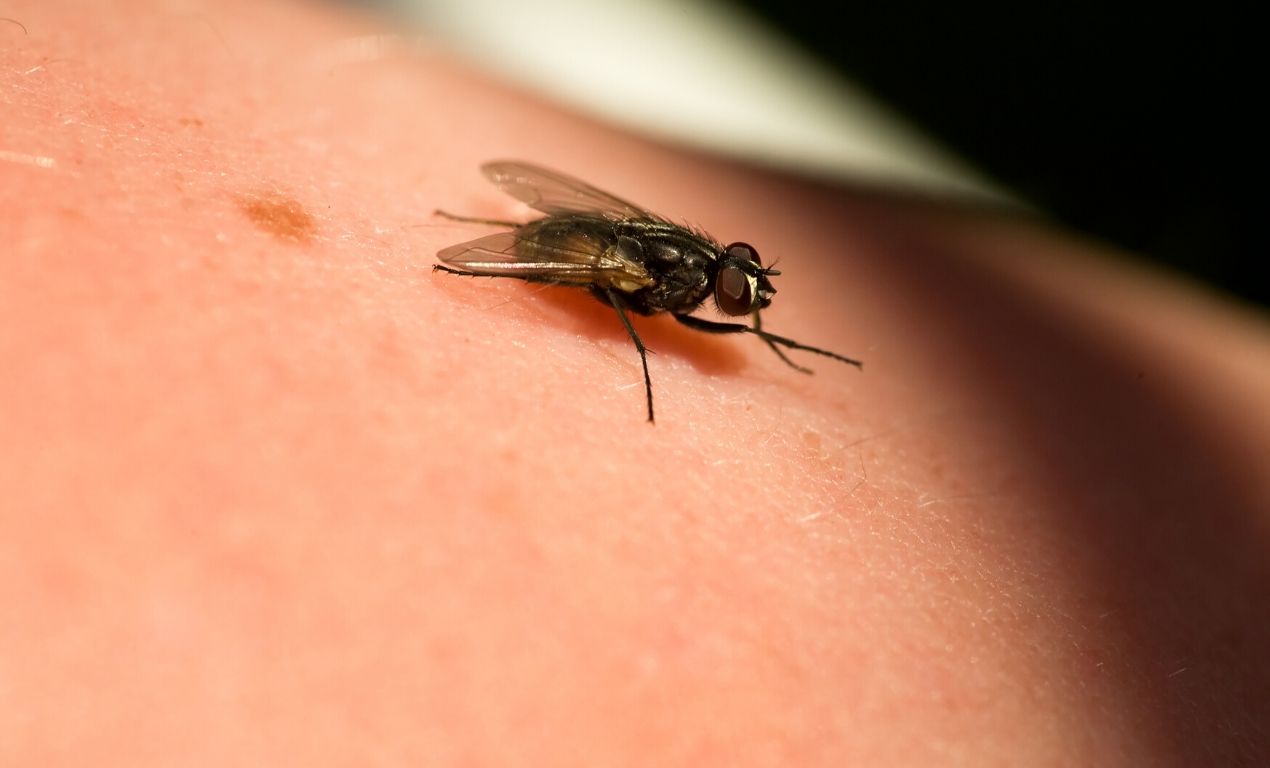
Housefly Sitting On Human Pest Removal Warrior
Self-treatment options for face flies. Daily insecticide treatment maximizes control. For this reason, self-application devices such as. dust bags and back rubber equipped with face flips or specific insecticide impregnated ear tags are generally more effective. Both cattle and calves should be treated.
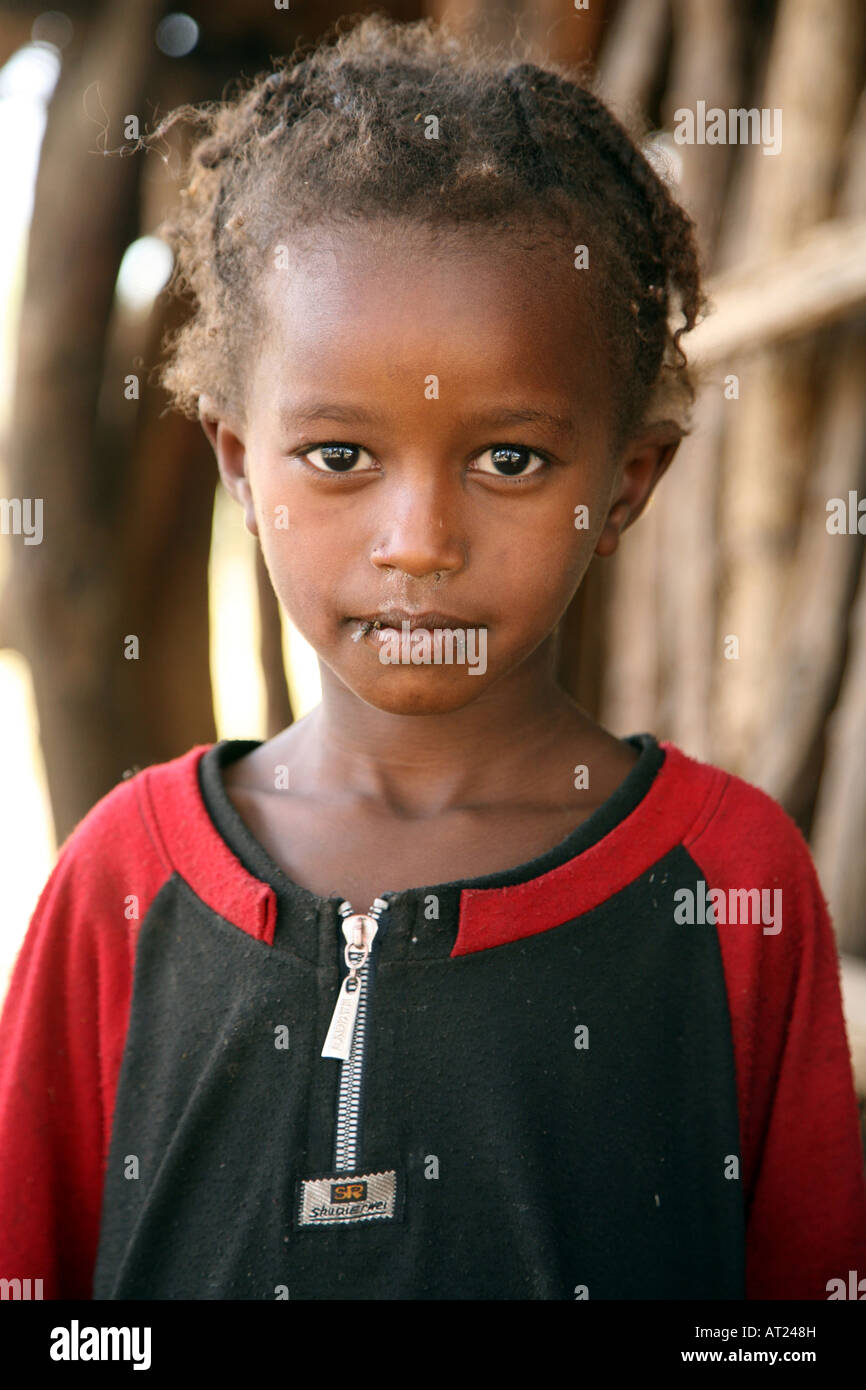
Young African girl with flies on her face by her house Stock Photo Alamy
The face fly is a pest of range cattle; it is not seen in feedlots and thus is not a parasite of confined cattle. The eggs are laid in fresh cattle feces in rangeland situations and hatch in ~1 day. The yellowish larvae develop in 2-4 days and, when mature, leave the manure to pupate in the surrounding soil.
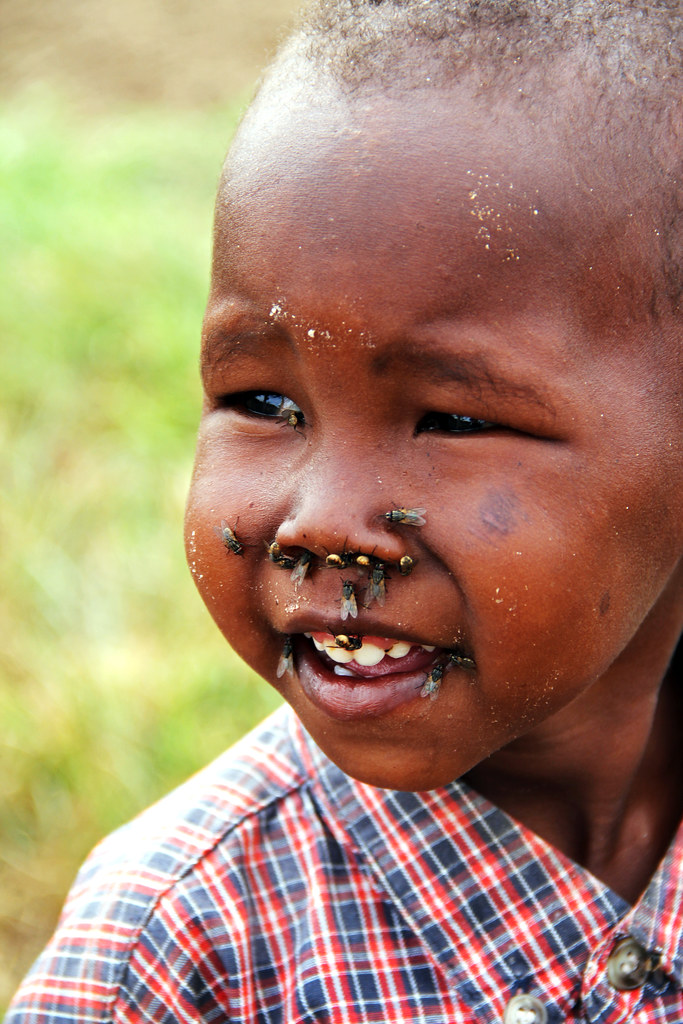
African boy's face covered with flies Alexa Schimmel Flickr
Control Procedures Cluster flies, face flies and blow flies are difficult to control once they have gained access to homes because they hibernate in wall voids and other inaccessible places. The procedures listed here are the best available but may not insure complete elimination of the insects.
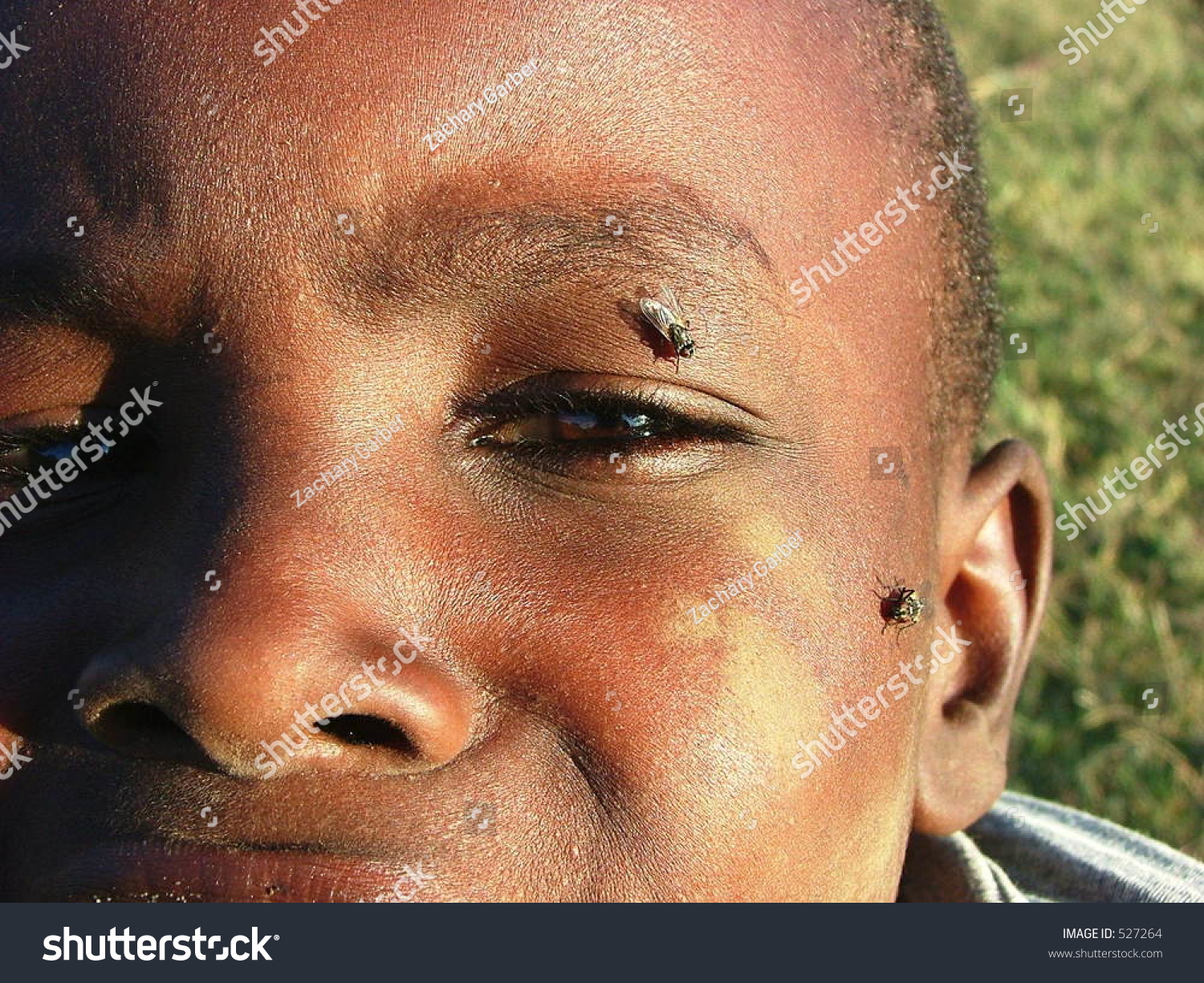
A Boy With Flies On His Face Stock Photo 527264 Shutterstock
Cutaneous myiasis is a parasitic skin infestation caused by the larvae (maggots) of certain fly species. Parasites are organisms that live on or inside another organism (the host) and depend on the host for nutrition to live. Some species of flies lay their eggs on other insects or on objects that may come into contact with people's skin.
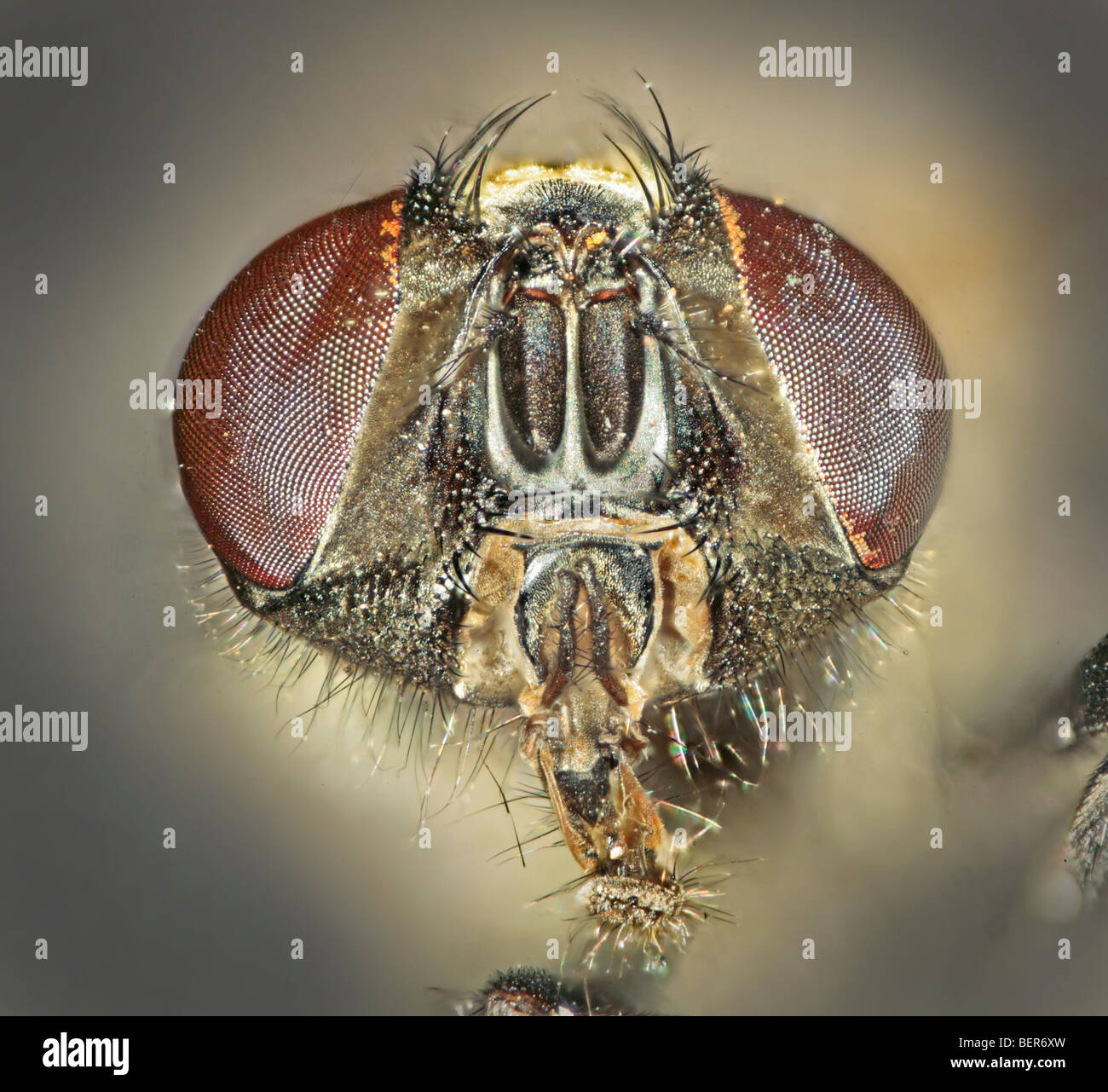
housefly (also house fly, housefly or common housefly), Musca domestica, head on face portrait
The face fly, Musca autumnalis (De Geer), is a robust fly that closely resembles the house fly (Figure 1). Face flies are pasture flies and are not found in feedlots, dry lots or horse stables. It is a non-biting ly that feeds on animal secretions, nectar and dung liquids.
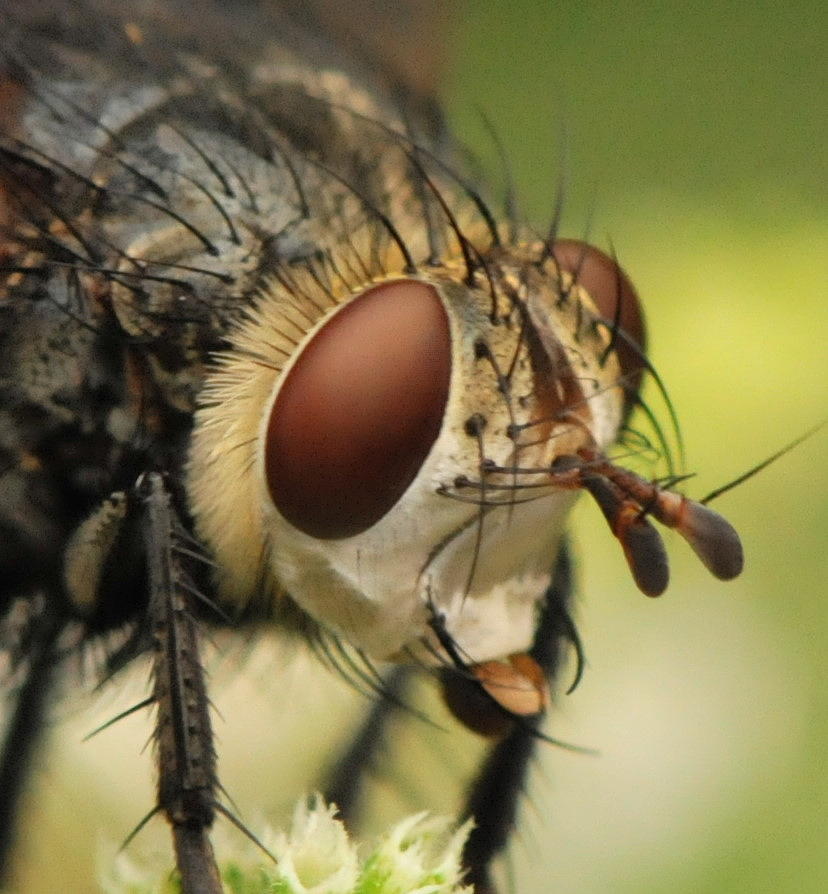
Tachinid Fly Face Photograph by Michelle DiGuardi
What is cutaneous myiasis?. Myiasis is infestation by the larvae (maggots) of fly species within the arthropod order Diptera (two-winged adult flies). The larvae feed on the host 's dead or living tissue, body substances, or ingested food. Cutaneous myiasis is myiasis affecting the skin. Myiasis can be categorised clinically based on the area of the body infested, for example cutaneous.

Fly face Face, Photography, Instagram
Parasites Home Myiasis Myiasis FAQs What is myiasis? Myiasis is infection with a fly larva, usually occurring in tropical and subtropical areas. There are several ways for flies to transmit their larvae to people. Some flies deposit their eggs on or near a wound or sore, the larvae that hatch burrow into the skin.

Kid has hilarious and adorable reaction when a butterfly flies in his face ABC7 Chicago
The face fly's status as a pest is similar to that of the cluster fly. These flies have discovered that heated buildings are ideal for surviving the cold of winter, and the face fly is one such species. As the weather cools in late summer and early fall, the sun warms the southern and western walls of buildings..
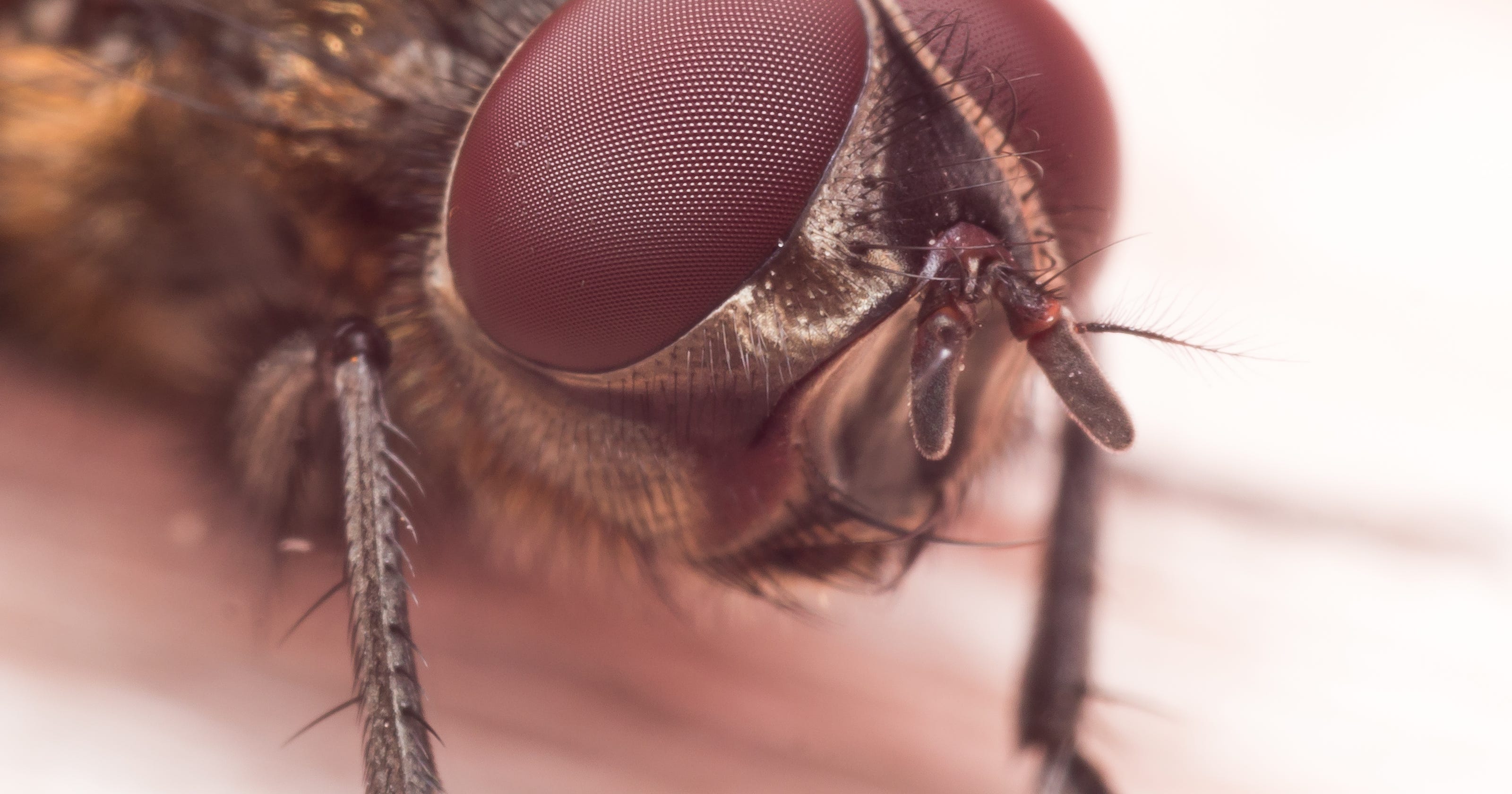
Flies that crawl into people's noses, ears infest Louisiana
The face flies' sponging mouthpart has small, rough spines that scratch tender eye tissue, causing tears to flow. These flies also will feed at wounds or on milk on calves' faces. Several insecticides can "suppress" face fly numbers but no treatment will keep cattle free from this pest. Delivery is the key to best results.
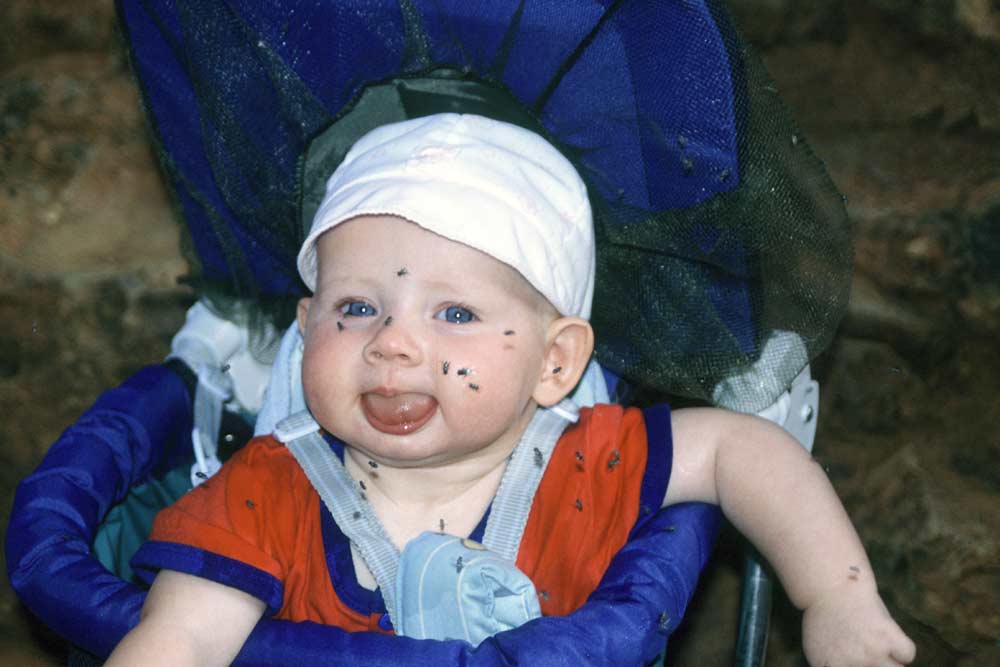
Flies Face
Face flies use an abrasive sponging mouthpart to stimulate tear flow from the eyes. These flies lap up the protein rich secretions from the eye as well as nasal discharges, saliva, or blood oozing from wounds. Most of the time they are off of the animals, resting on plants, fence posts, or other objects. In addition to being very annoying to.

THE HEAD OF A FEMALE HOUSEFLY Dr Doughlittle
Venom is a neurotoxin that affects the central nervous system and can cause a variety of symptoms, including paralysis, convulsions, or even death. If you're bitten, you should seek medical attention as soon as possible. How do you keep flies off your face?
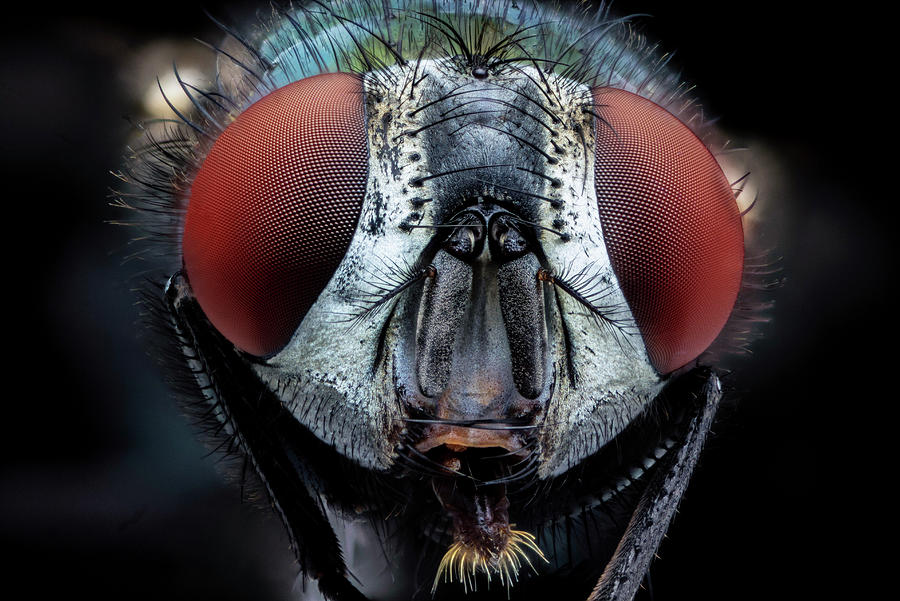
4X Bottle Fly Face Photograph by Robert Storost Pixels
What is a face fly? Face flies are a type of agricultural pest that attack the faces of cattle and, to a lesser extent, horses. They attack the face in order to feed on the mucus and watery secretions that are found around the eyes of their victim. The face flies use their abrasive spongy mouthparts to stimulate tears from around the eyes.